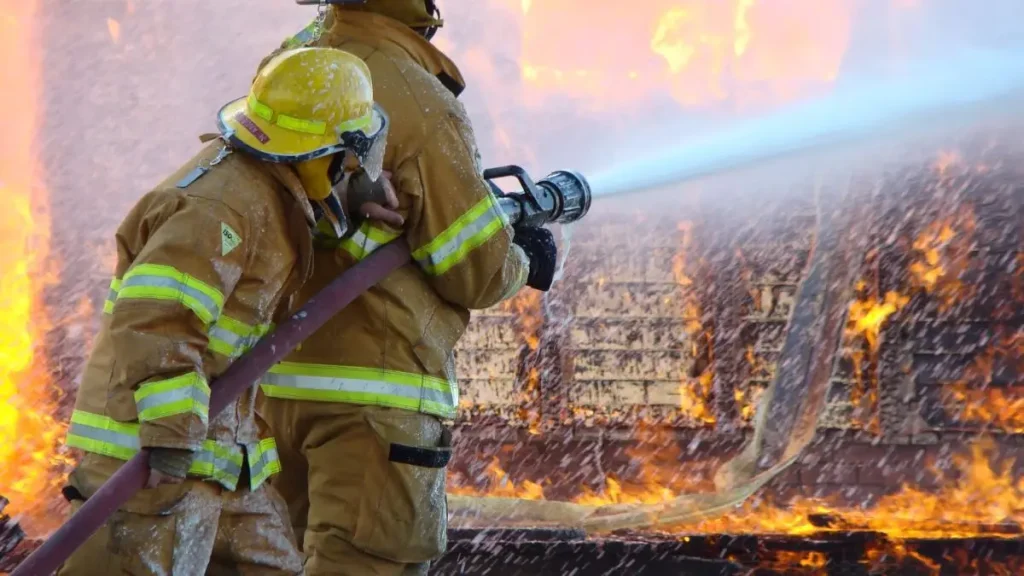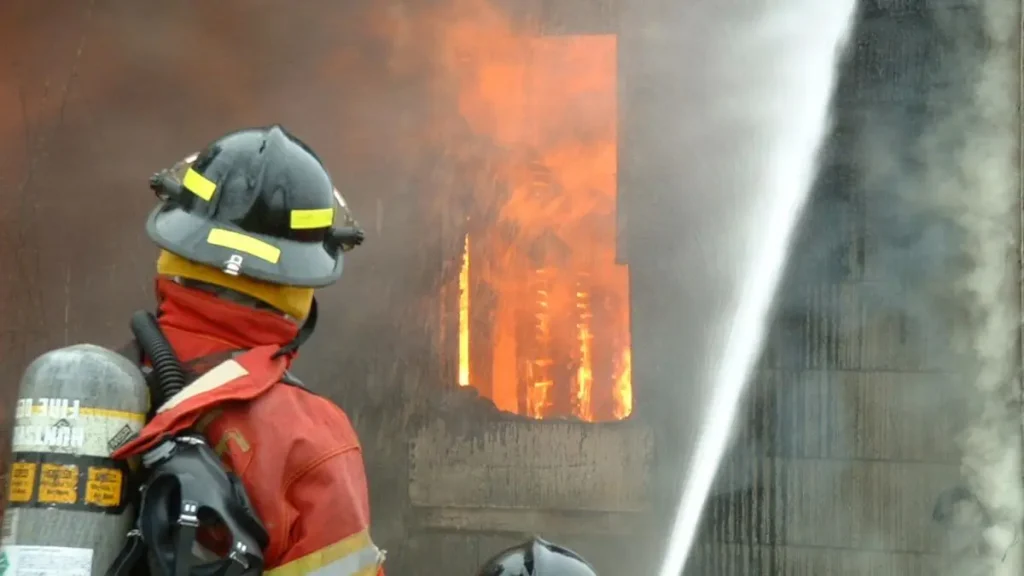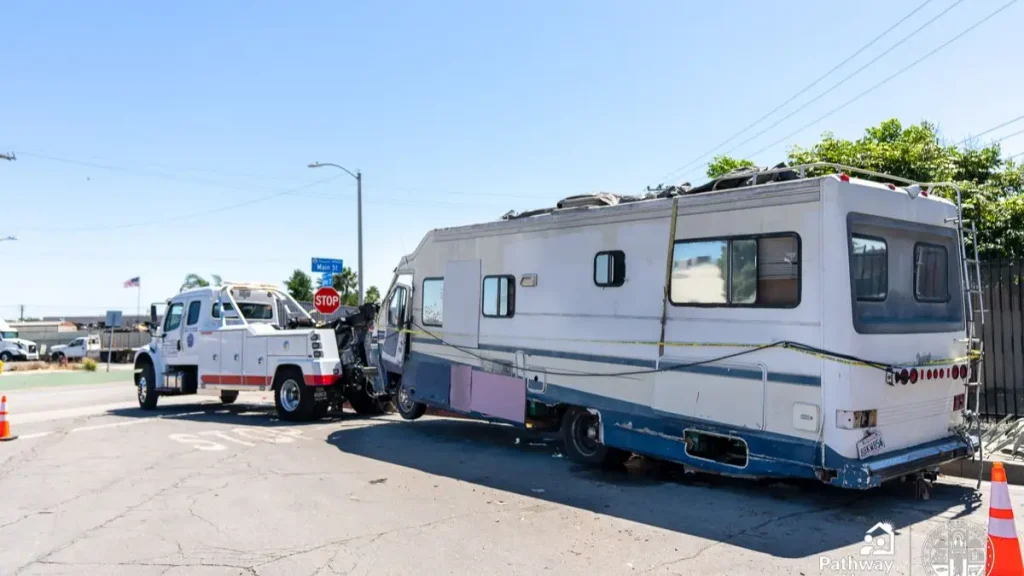Lockport Home Fire Sparked by Lightning Highlights Safety Risks
I want you to picture this: it’s just before 7 p.m. on a stormy Monday, heavy rain pounding across the Chicago suburbs. In Lockport’s quiet West Caraway Court, a lightning bolt slices through the sky and strikes the roof of a two-story home. Within minutes, smoke begins curling out of the attic.
The family inside doesn’t wait. They get out quickly—no hesitation, no injuries. By the time fire crews from the Lockport Township Fire Protection District arrive, the attic is already burning. Soon, engines from at least eight neighboring departments roar into the subdivision, backing each other up as the flames spread through the roofline.
It’s the kind of scene that makes you think how suddenly things can change. One strike, one moment, and a family’s safe space turns into a disaster zone. As neighbors looked on, firefighters battled not just fire but also the storm itself, with rainwater flooding parts of the Chicago area at the very same time.
If you were in that neighborhood, what would be the first thing on your mind—calling 911, checking on your own home, or making sure the family had somewhere to stay.
The Firefighting Response—A Citywide Effort
When I read about how many fire departments showed up, I had to pause. According to CBS News Chicago, at least eight different crews rushed in to help Lockport firefighters bring the blaze under control.
Think about that for a second—you’ve got trucks and teams from across the region, all converging on one neighborhood street. That tells you how fast and dangerous lightning-caused fires can get. It wasn’t a small attic flare-up; it was an operation that required serious manpower, coordination, and a defensive approach just to contain it.
If you’re a homeowner, it makes you realize: when storms hit, the emergency response is massive, but in those first few minutes, it’s only you and your family making the critical decisions.
No Injuries, But a Family Without a Home

The good news? Nobody was hurt. The family got out in time. But the bad news hits differently—by the time firefighters finished, the house was unlivable. Fire damage, water damage, a roof torn apart.
WGN-TV reported that the Red Cross had to step in right away to help the family find temporary shelter. Imagine walking out with only the clothes on your back, watching everything else—furniture, photos, the little things that make a house feel like yours—being soaked or burned.
I don’t know about you, but moments like this remind me how fragile “home” really is. It’s not just four walls—it’s your history, your memories, your safe place. Losing it overnight is something no one is ever ready for.
Sadly, not every family gets to walk away safely—just recently, a tragic house fire in Niskayuna left an entire home destroyed.
Cause Confirmed—Lightning in the Middle of a Storm
Investigators didn’t need long to piece it together: the fire started with a lightning strike. One direct hit on the roof, and the attic lit up.
If you live anywhere in the Midwest, you already know how unpredictable these summer storms can be. That same system didn’t just spark the Lockport fire—it also caused flooding across Chicago and northwest Indiana. So while one family was losing their home, other households were battling water in their basements.
Here’s what I take away: storms don’t just inconvenience us. They can wipe out years of stability in a single evening. And lightning, in particular, doesn’t give you a warning—it’s instant.
Storm-related disasters aren’t rare either; earlier this year, a house fire in Amherst caused massive property damage after another severe weather event.
Why Lightning Strikes Often Ignite House Fires?
So why do lightning strikes so often lead to fires? It comes down to two things: heat and electricity.
When lightning hits a house, it can blast through the roof or chimney and instantly ignite wood, insulation, or anything combustible in the attic. At the same time, the electrical surge can fry wiring, spark outlets, and cause hidden fires behind walls.
That’s exactly why attics are so vulnerable—lots of dry material, less visibility, and no one up there to notice smoke until it’s too late.
If you’ve ever thought, “That’s rare, it won’t happen to me,” remember—Lockport’s family probably thought the same. Until Monday night.
How to Protect Your Home from Lightning-Induced Fires?
Here’s the part you and I can actually control—prevention.
- Lightning rods and grounding systems: They’re not old-fashioned; they’re smart. A properly grounded system channels that strike safely into the earth.
- Surge protectors: Not just for your laptop. Whole-house surge protection can save appliances and reduce fire risk when storms roll in.
- Unplug when you can: If a storm is close, pull the plugs on big electronics. It’s simple but effective.
- Roof and attic inspections: Small gaps or weak spots in your roof make your home an easier target. Regular checks can save you later.
- Emergency plan: Like the Lockport family showed, getting out fast is everything. Know your exits, keep essentials ready.
I can’t promise storms won’t hit your street. But you can make sure your house isn’t the easiest victim.
Have you ever taken steps to storm-proof your home—or do you usually just ride it out and hope for the best?
I often share quick storm-safety updates and local fire alerts through a WhatsApp channel where people swap tips during bad weather—it’s a simple way to stay prepared when the next storm rolls in.
How Common Are Lightning-Caused House Fires?

Here’s where perspective matters. You might think lightning striking a house is some freak accident—but the numbers say otherwise.
The National Fire Protection Association (NFPA) reports that lightning causes around 22,600 fires every year in the U.S., damaging homes, forests, and even businesses. Most of these happen in summer, when storms roll through with more frequency.
So, when I see headlines like the Lockport fire, I don’t just think, “unlucky family.” I think: this could be anyone’s story. Yours, mine, a neighbor’s. And because lightning isn’t something you can predict or stop, the only real power you and I have is preparation.
And in some cases, lightning isn’t even the cause—like a house fire in Carson City that tragically turned fatal.
Community Response & Ways to Help
One of the most reassuring details in stories like this is the way communities step up. In Lockport, the Red Cross stepped in immediately to help the family find shelter and support. But often, it’s neighbors, friends, and local organizations who make the biggest difference in the weeks after.
If you’ve ever had someone in your area lose a home, you know how powerful small gestures can be—dropping off a meal, donating clothes, offering a place to stay. You don’t have to rebuild their house; sometimes, just showing up makes all the difference.
And let’s be honest—you and I would want the same if our own family was standing outside, watching firefighters battle flames over our roof.
Key Takeaways & Safety Checklist
Let me wrap this up with the essentials, because if you’re like me, you want a clear list you can act on:
- Lightning isn’t rare—tens of thousands of fires prove it every year.
- Attics and roofs are most at risk—that’s where flames often start.
- Prevention tools matter—lightning rods, surge protectors, regular inspections.
- Have an evacuation plan—the Lockport family’s quick escape saved their lives.
- Support counts—the Red Cross and neighbors can be lifelines when disaster strikes.
Here’s my challenge to you: before the next storm season hits, will you take even one step—just one—to make your home safer? Because sometimes, that single step is what separates a close call from a life-changing disaster.
If you’re interested in reading more real-life stories and safety insights, explore our website Build Like New for lessons every homeowner should know.
Disclaimer: This article is based on reports from official fire authorities and trusted news outlets. It is meant for general awareness and safety education only. For personalized guidance, always consult licensed fire safety experts or your local fire department.


